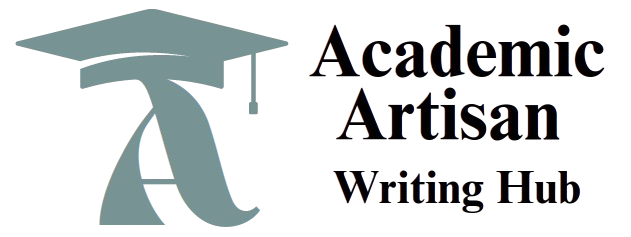WhatsApp Number: +1(249) 265-0080
Innate and Adaptive Immunity
The discussion is based on the textbook readings from Microbiology (2016). Once you have completed your assigned readings (see Unit Overview page) and your assigned activities for this unit, please answer 2 of the prompts below:
- Explain how the normal microbiota is involved in immunity and the various relationships the microbiota can be in. (USLO 7.1)
- Discuss the difference between innate and adaptive immune responses. Be sure to include first, second, and third lines of defense. (USLOs 7.2 and 7.3)
- Explain the difference between cell-mediated versus humoral responses. Be sure to include cell types and function of each response. (USLO 7.4)
- Discuss the different types of vaccines. Be sure to include the advantages and disadvantages of each type. (USLO 7.5)
- Attenuated
- Heat Killed
- Subunit
- Toxoid
- Conjugate
- Explain the concept of herd immunity and how vaccination is involved. (USLO 7.6)
Check our essay writing services here
Innate and Adaptive Immunity
Prompt 1: Explain how the normal microbiota is involved in immunity and the various relationships the microbiota can be in. (USLO 7.1)
The normal microbiota plays a crucial role in protecting the human body from infection and maintaining immune homeostasis. One of its primary functions is competitive exclusion, where resident microbes compete with pathogens for nutrients and attachment sites, making it harder for harmful organisms to colonize. For example, intestinal microbiota produce bacteriocins and acids that inhibit the growth of harmful bacteria such as Clostridium difficile.
In addition, the microbiota interacts directly with the immune system by stimulating the development of immune tissues and priming immune responses. For instance, gut microbes can activate lymphoid tissue and influence the production of antibodies, enhancing the body’s ability to respond to pathogens.
The microbiota can exist in various relationships with the host:
-
Mutualism: Both host and microbes benefit (e.g., gut bacteria producing vitamins K and B).
-
Commensalism: One benefits while the other is unaffected (e.g., skin bacteria that feed on secretions without harming us).
-
Parasitism: The microbe benefits at the host’s expense (e.g., when opportunistic pathogens cause disease under weakened immune conditions).
Overall, normal microbiota are not just passive residents; they are active contributors to immunity and play a dynamic role in health and disease balance.
Prompt 2: Discuss the difference between innate and adaptive immune responses. Be sure to include first, second, and third lines of defense. (USLOs 7.2 and 7.3)
The immune system has two major branches: innate immunity (nonspecific, present at birth) and adaptive immunity (specific, developed through exposure).
-
First Line of Defense (Innate): Physical and


